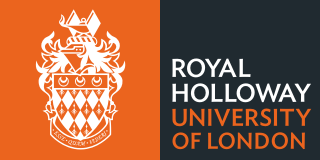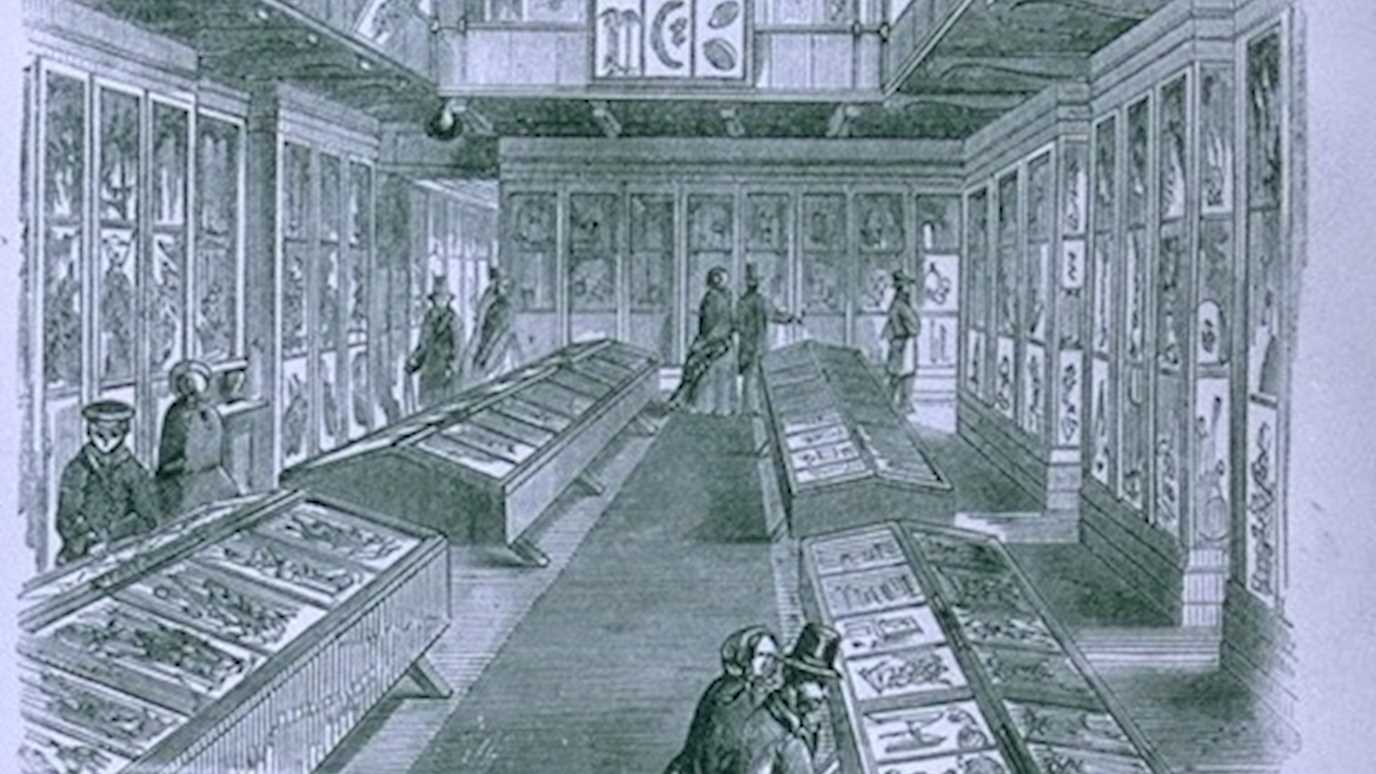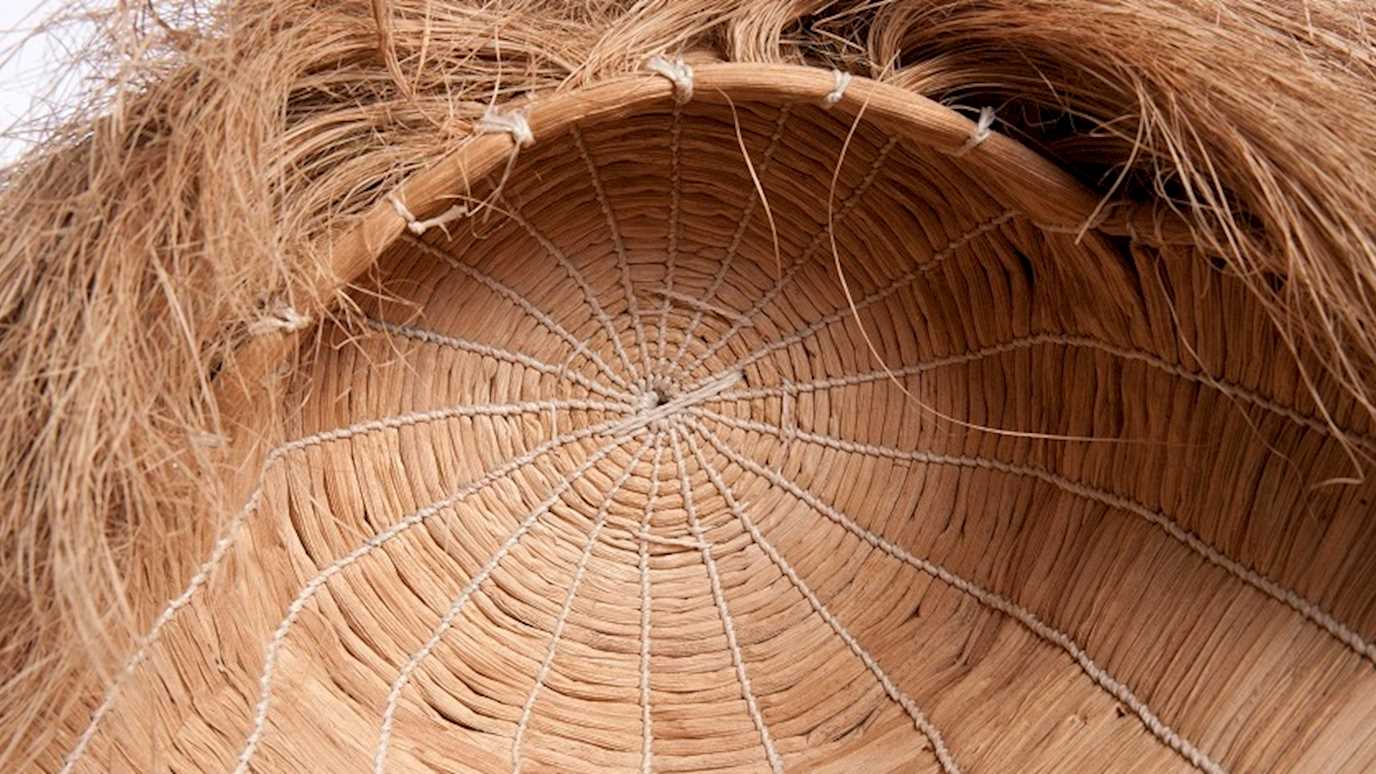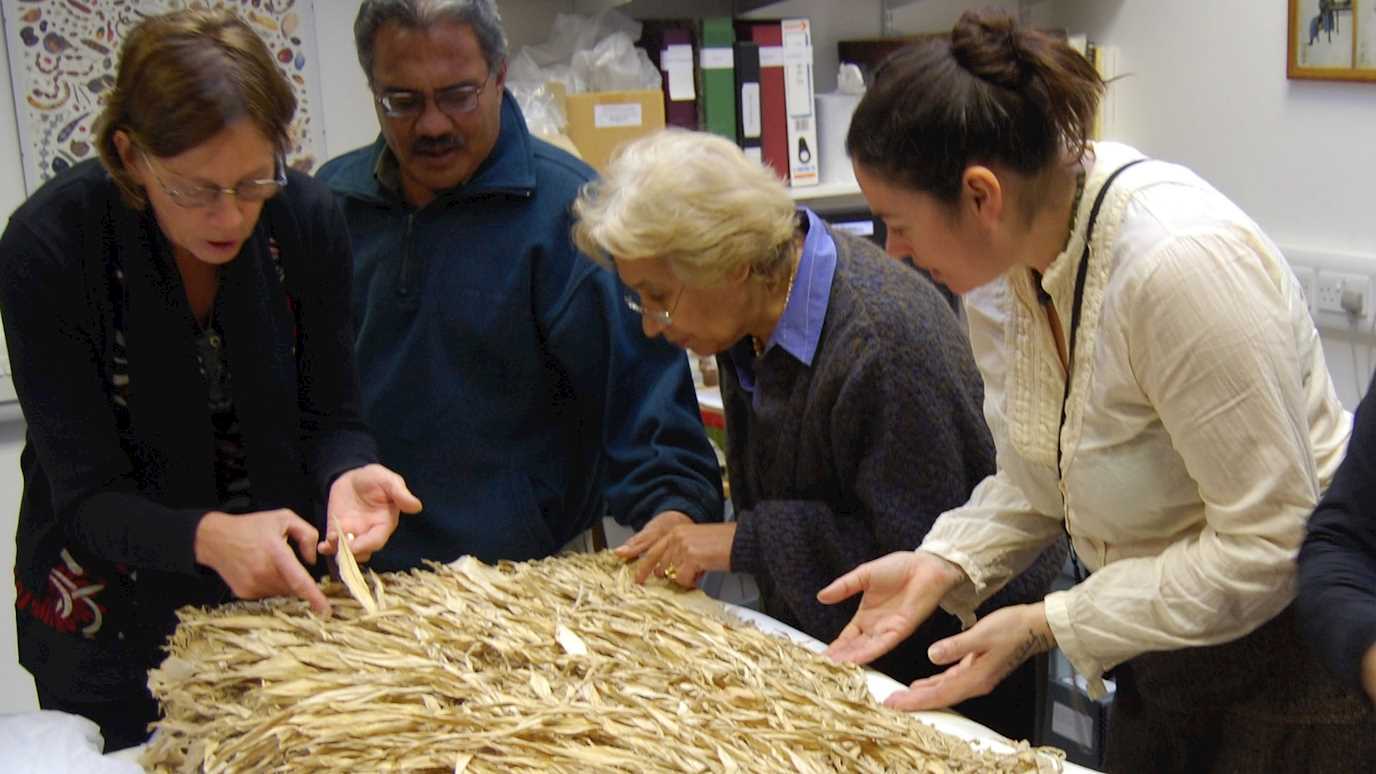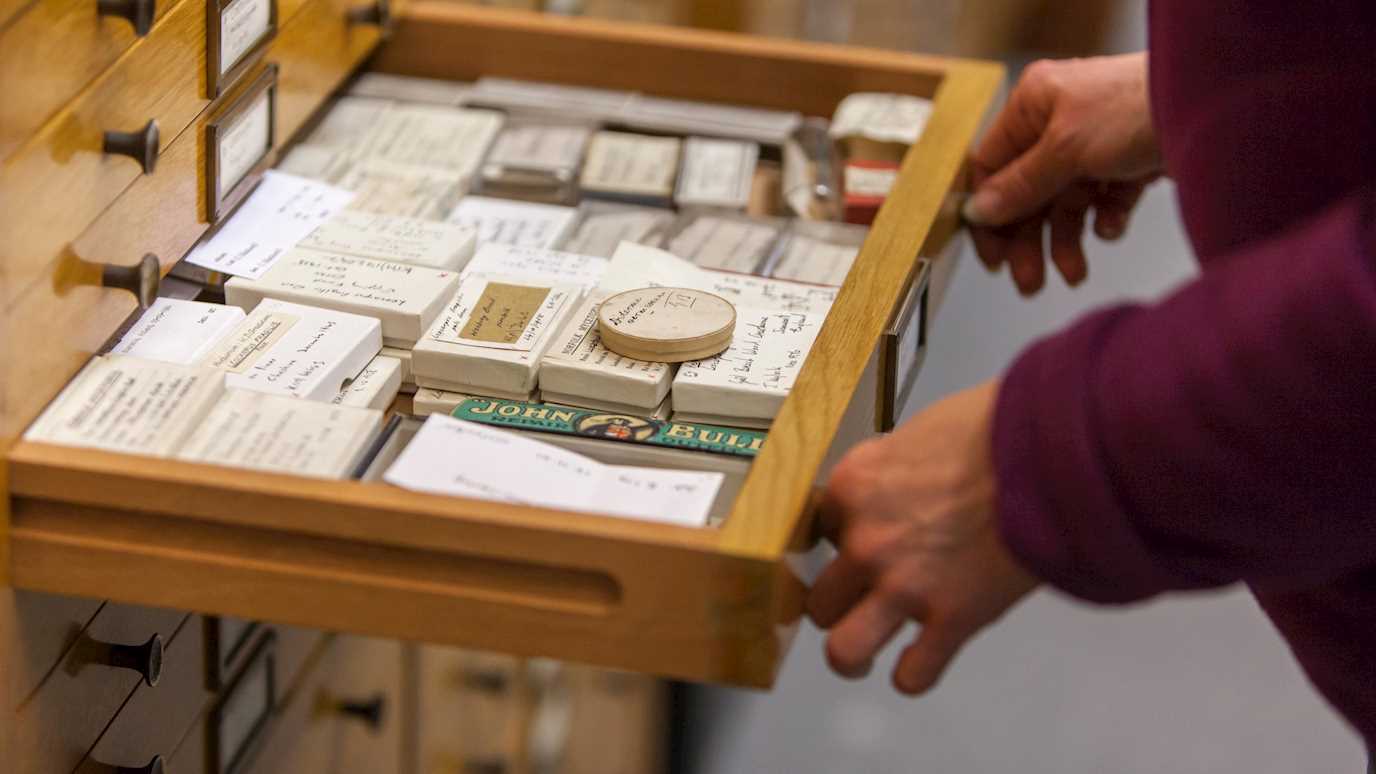In 2018-19, the Mobile Museum project supported an exciting new initiative in object-based learning, involving the pupils and teachers at two London primary schools and culminating in the co-curation of two school museums in summer 2019.
The two schools participating in the project were Wilberforce Primary School, Queen’s Park, in the London Borough of Westminster, and St Monica’s Primary School, Hoxton, in the London Borough of Hackney.
The learning strand of the Mobile Museum project aimed to:
- research how and why plant-based objects from Kew were sent to 700 schools across the UK during the nineteenth and twentieth centuries
- support the curation of exhibitions devoted to plant-based objects in two London primary schools, using an innovative whole-school approach
- create supporting cross-curricular educational materials that link to science, geography, history, arts, design and technology, and language learning for Key Stage 1 and 2
The project involved workshops for teachers, pupil visits to Kew, classroom-based activities and the creation of a Teachers' Handbook on Curating a School Museum (2019). It culminated in July 2019 with the launch of two museums at Wilberforce and St Monica's School. In co-curating these exhibitions, pupils and teachers presented many plant-based objects that had particular cultural significance for them.
A paper discussing the project and its evaluation will be published in the Journal of Museum Education
Pedagogic approach
The project took a whole-school approach in which every pupil and teacher was involved. This also extended to the wider community so parents and caregivers could contribute by identifying culturally significant objects for curation and display. The process of developing educational resources was participatory, with teachers involved in choosing materials that best supported their teaching. The resources created will support the National Curriculum, 21st-century learning, Spiritual, Moral, Social and Cultural (SMSC) development and Personal, Social, Health and Economic (PSHE) education.
School selection criteria
As this is an outreach project aiming to enable Kew to reach more diverse audiences, the criteria used to identify potential partner schools included measures of disadvantage and cultural diversity. On this basis, we contacted 34 schools across London of a size which could enable a whole-school approach. Following a shortlisting process, Wilberforce and St Monica's School were selected to participate.
Lesson plans
Teachers' Lesson Plans - Overview
Lesson Plan 1 - Object Handling
Lesson Plan 2 - Why Plants Matter
Lesson Plan 3 - What's Your Story? Creating Your Museum
